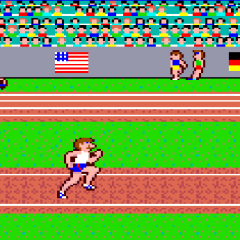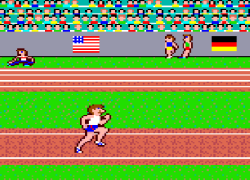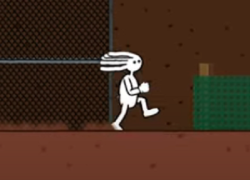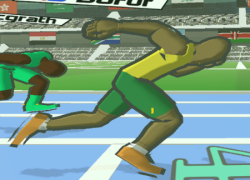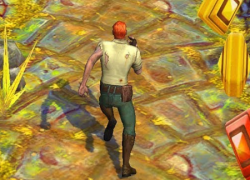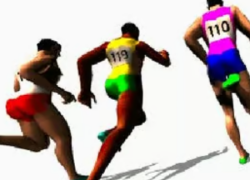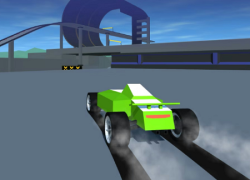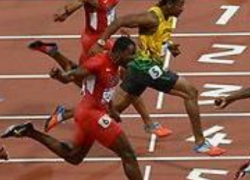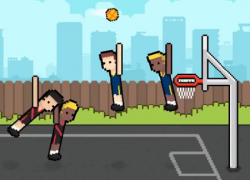Track & Field is a classic arcade game that simulates multiple athletic events through rapid input mechanics. Players compete in events like the 100-meter dash, long jump, javelin throw, and hurdles. Each event has distinct controls but shares a focus on timing, speed, and accuracy. The core gameplay revolves around alternating button presses or precise keystrokes to build momentum and execute actions. Success is measured by meeting or exceeding qualification standards, with failed attempts ending the session early.
Variety in Events
Each event tests different motor skills. The dash relies purely on speed and rhythmic inputs, while throwing events introduce angle control along with power. Jumping requires the right balance between buildup and lift-off timing. As players advance, the demands increase—not just in speed, but in the margin for error. A late press or overcharge can ruin an otherwise perfect attempt. The structure keeps players on edge, pushing for exactness rather than improvisation.
Competitive Focus
The game’s format encourages repetition and mastery. High scores are a central feature, with leaderboards showing top performances across all events. While there’s no narrative progression, the drive to improve times and distances creates a loop that appeals to precision-focused players. Track & Field doesn’t hand out rewards for participation. Either you meet the mark or you don’t. It’s a system that favors memorization, timing, and reflex over long-term planning or customization.

